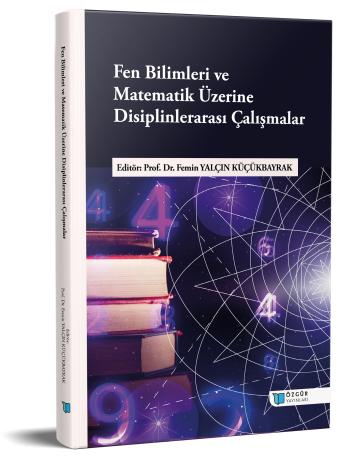
Biology and Management of the Rice White Tip Nematode Aphelenchoides besseyi (Christie, 1942)
Şu kitabın bölümü:
Yalçın Küçükbayrak,
F.
(ed.)
2025.
Fen Bilimleri ve Matematik Üzerine Disiplinlerarası Çalışmalar.
Özet
Aphelenchoides besseyi Christie, 1942, is an important plant-parasitic nematode species that causes significant economic losses worldwide. It primarily infests rice (Oryza sativa L.), but also impacts a broad spectrum of hosts including ornamental plants, strawberry, bean, and various other crops. Due to its ability to be transmitted through seeds and its high tolerance to environmental conditions, A. besseyi is considered a quarantine pest of major concern. In rice, it causes a physiological disorder known as “white tip disease,” characterized by leaf whitening, stunted growth, and yield reduction in infected plants. Studies on the morphology, biology, damage mechanisms, and dispersal pathways of A. besseyi have revealed that the species is well adapted to both humid environments and dry seed conditions. This adaptability facilitates its long-distance dissemination. Due to the limited efficacy of chemical control methods, the adoption of biological control agents and cultivation of resistant varieties has gained greater significance for promoting environmental sustainability. This chapter presents an extensive summary of the taxonomy, morphological and molecular identification, life cycle, ecology, distribution, damage symptoms, and management strategies of A. besseyi.

